The United States has announced a 50 percent tariff on imports from India, placing the country among the highest tariff tiers globally. The move follows a recent decision to impose an additional 25 percent levy, bringing the total tariff rate to 50 percent, and signals growing trade tensions between the two nations.
On Wednesday, U.S. officials confirmed that the first phase of the tariffs, amounting to 25 percent, will take effect immediately, with the second phase scheduled to begin on August 28. The decision surprised many analysts, given India’s long-standing trade discussions with Washington and past public displays of goodwill between leaders of both countries. Brazil is the only other major economy facing tariffs at a comparable level.
“This is a very difficult moment and puts India in a small group of countries with no trade agreement in place and with the highest tariff rates,” said Vina Nadjibulla, vice president of strategy and research at the Asia Pacific Foundation of Canada. “They now need to find a pragmatic path forward and work to rebuild trust.”
Trade data from last year shows that bilateral commerce between India and the U.S. was valued at approximately $212 billion, with India holding a trade surplus of about $46 billion. India has previously stated its intention to more than double this figure over the next five years.
As part of earlier negotiations, India reportedly offered to lower levies on U.S. industrial goods and increase purchases in defense and energy sectors, while also signaling willingness to reduce tariffs on cars. However, it maintained protective measures on agricultural and dairy products, citing their economic and social significance.
Analysts note that while the current tariff action is rooted in trade policy disagreements, it also intersects with broader economic considerations. “This will test India’s foreign policy and its ability to maintain balanced relationships while protecting its economic interests,” said Farwa Aamer, director of South Asia Initiatives at the Asia Society Policy Institute in New York.
India has called the tariffs “unfair, unjustified, and unreasonable” and emphasized that its trade decisions are aligned with national economic objectives. Experts predict that the coming months may involve “creative diplomacy” to address differences and seek a resolution.
In the meantime, India is focusing on strengthening other trade partnerships, including a recently signed agreement with the United Kingdom and ongoing negotiations with the European Union. The country is also positioning itself as a manufacturing hub for multinational companies seeking diversification.
Apple recently announced that by next year, all iPhones intended for the U.S. market will be assembled in India. Although electronics are currently exempt from the new tariffs, trade experts caution that a 50 percent tariff designation may deter future investment.
“This development adds to the instability and uncertainty that businesses were already experiencing,” Nadjibulla said. “It reinforces the message that the U.S. is prioritizing domestic production over international sourcing.”
#SupplyChainNews #NewsUpdate #GlobalTrade #Tariffs #USIndiaTrade

















